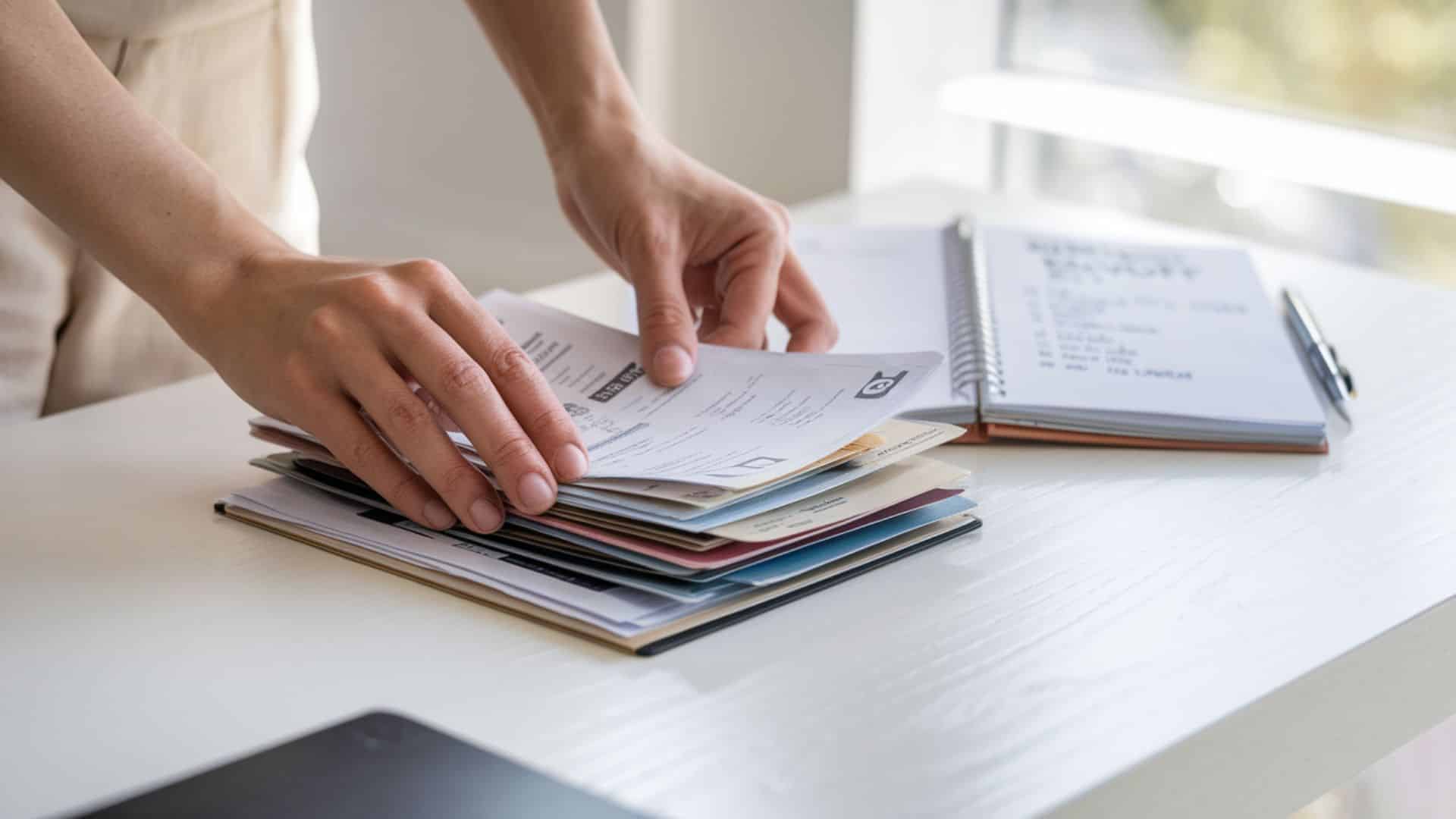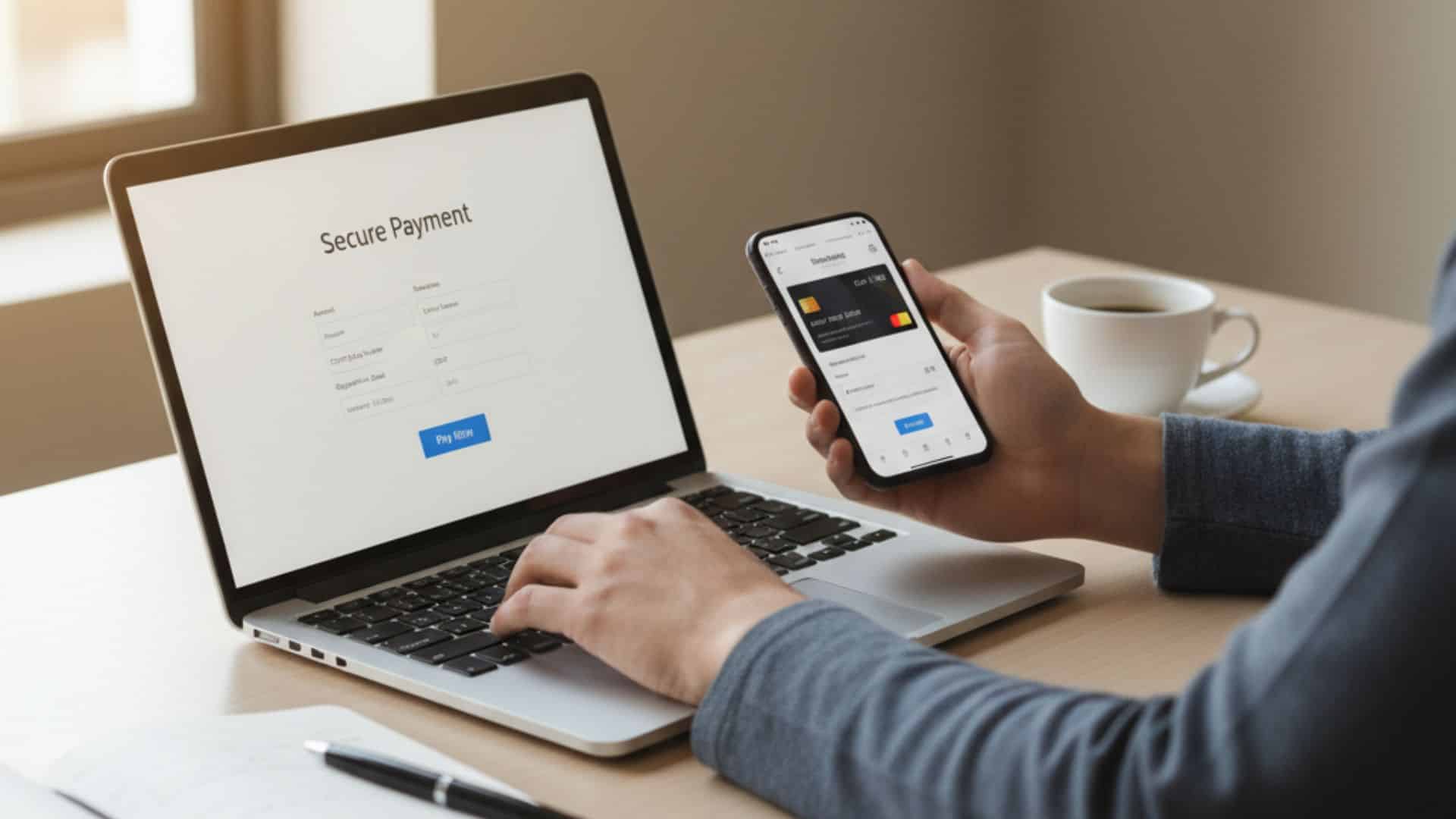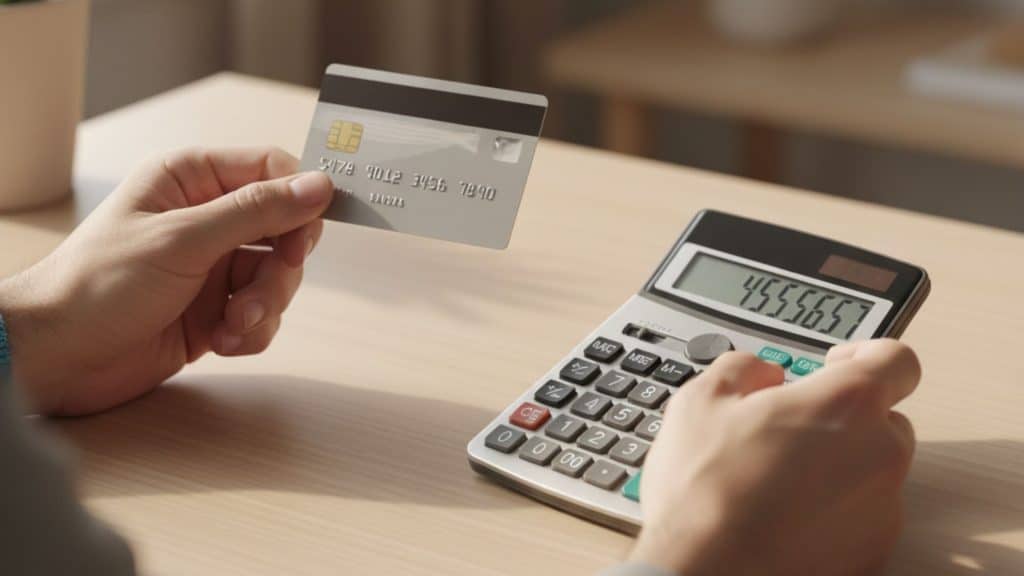Debt feels like a heavy weight on your shoulders. You check your credit card balance and feel that familiar stress creep in. Monthly payments eat up your paycheck before you can even think about saving money.
You’re not alone in this struggle. Most Americans carry some form of debt, from credit cards to student loans.
But here’s the good news: you can break free from debt with the right plan.
This blog provides proven methods for paying off debt more quickly.
You’ll learn when a personal loan to pay off debt makes sense, how to use a pay off debt calculator effectively, and which strategy works best for your situation.
How to Pay Off Debt?
Learning how to pay off debt starts with knowing exactly what you owe. Many people avoid looking at their full debt picture because it feels overwhelming. However, this step is crucial for success.
Start by listing all your debts:
- Credit card balances
- Student loans
- Car loans
- Personal loans
- Medical bills
- Money owed to family or friends
For each debt, write down the total amount, minimum monthly payment, and interest rate. This information forms the foundation of your debt payoff strategy.
Next, calculate your monthly income after taxes. Subtract your essential expenses, such as housing, food, and utilities. The money left over is what you can use to pay off debt faster.
How to Use a Personal Loan to Pay Off Debt Quickly

A personal loan to pay off debt can be a smart move in certain situations. This strategy is called debt consolidation. You take out one new loan to pay off multiple existing debts.
Personal loans work best when:
- You qualify for a lower interest rate than your current debts
- You have good credit (usually 650 or higher)
- You can get approved for enough money to cover your high-interest debts
- You won’t run up new debt on the cards you pay off
Benefits of using a personal loan to pay off debt:
- One fixed monthly payment instead of multiple payments
- Potentially lower interest rate
- Set pay off date (usually 2-7 years)
- No temptation to spend on credit cards
Drawbacks to consider:
- You might not qualify for a better rate
- Loan fees can add to your costs
- Risk of accumulating new debt on cleared credit cards
- Your credit score affects the rate you receive
Before choosing a personal loan to pay off debt, compare rates from multiple lenders to find the best option. Credit unions often offer competitive rates for members.
Pay Off Debt Calculator
A payoff debt calculator shows you exactly how long it will take to become debt-free. These tools help you compare different payment strategies and see the impact of paying extra money toward your debts.
What a payoff debt calculator tells you:
- Total interest you’ll pay over time
- How long does it take to pay off each debt
- Money saved by paying extra each month
- The difference between minimum payments and larger payments
How to use a pay off debt calculator effectively:
- Enter accurate information
- Try different scenarios
- Compare methods
- Set realistic goals
The calculator might show results that surprise you. For example, paying just $25 extra monthly could save you thousands in interest and cut years off your payoff time.
Proven Debt Pay Off Strategies That Work

There’s no one-size-fits-all approach to paying off debt, but these time-tested strategies have helped thousands achieve financial freedom more quickly.
Select the option that aligns with your goals and personality.
1. The Debt Snowball Method
The debt snowball method focuses on behavioral change over mathematical calculations. You pay minimum amounts on all debts except the smallest one.
Steps for the debt snowball method:
- List debts from smallest to largest balance
- Pay minimums on all debts
- Attack the smallest debt with extra payments
- When the first debt is paid off, add that payment to the next smallest debt
- Repeat until all debts are gone
This method works because it gives you quick wins. Paying off that first debt feels great and keeps you motivated.
2. The Debt Avalanche Method
The debt avalanche method saves you the most money in interest. You focus extra payments on the debt with the highest interest rate first.
How the debt avalanche works:
- List debts from highest to lowest interest rate
- Pay minimums on all debts
- Put extra money toward the highest-rate debt
- Once paid off, move to the next highest-rate debt
- Continue until debt-free
This method is the most financially sensible. However, it might take longer to see progress if your highest-rate debt has a large balance.
3. Balance Transfer Credit Cards
Balance transfer cards allow you to transfer high-interest debt to a card with a lower interest rate. Many cards offer 0% interest for 12 to 21 months on transferred balances.
Balance transfer benefits include 0% interest break, faster principal pay off, and simplified single payment.
Important considerations:
- Transfer fees (usually 3-5% of the amount transferred)
- The promotional rate expires eventually
- You need good credit to qualify
- Don’t run up new debt on the original cards
Use this time wisely. Focus on paying off the transferred balance before the promotional rate ends.
4. Debt Consolidation Options
Debt consolidation combines multiple debts into one new payment.
- Home equity loan or line of credit: Low interest rates, home as collateral, risk of losing your house if you can’t pay.
- 401(k) loan: Borrow from retirement savings, pay interest to yourself, risk losing savings if you leave your job.
- Debt management plan: Work with nonprofit credit counselors, negotiate lower rates, and make one monthly payment to the agency.
Choose consolidation only if it lowers your interest rate or monthly payment.
How to Pay Off Credit Card Debt Faster

Credit card debt usually carries the highest interest rates, so paying it off promptly can save you a significant amount over time.
- Stop using your credit cards
- Use the debt avalanche method
- Consider a 0% balance transfer offer
- Make biweekly or extra payments whenever possible
Follow these steps to create your personalized debt payoff strategy:
- Choose your payoff method
- Set a realistic timeline
- Build a small emergency fund
- Track your progress
- Plan for setbacks
Common Debt Pay Off Mistakes to Avoid
Even with good intentions, people make mistakes that slow down their debt payoff progress. Avoid these common errors:
| Mistake | Why It Hurts | What to Do Instead |
|---|---|---|
| Closing Paid-Off Credit Cards | Lowers your credit score by shortening your credit history. | Keep old cards open and unused (or use them occasionally and pay off the balance). |
| No Emergency Fund | Unexpected costs lead to more credit card debt. | Save $500–$1,000 before aggressively paying off debt. |
| Paying Off Everything at Once | Slows progress and reduces motivation. | Focus on one debt at a time (snowball or avalanche). |
| Giving Up After a Setback | One bad month can derail your plan. | Adjust and keep going—setbacks are part of the process. |
Avoiding these common debt payoff mistakes can save you time, money, and stress. Stay focused, adjust when needed, and keep moving toward your debt-free goals.
Conclusion
Learning how to pay off debt requires commitment and a strategy for your specific situation. Start by understanding exactly what you owe and creating a realistic plan.
The path to becoming debt-free isn’t always easy, but it’s absolutely worth it. Financial freedom means less stress, more choices, and the ability to build wealth for your future.
Your debt payoff plan matters because it serves as your roadmap to achieving financial peace of mind. Every payment brings you closer to the life you want without the burden of monthly debt payments.






































